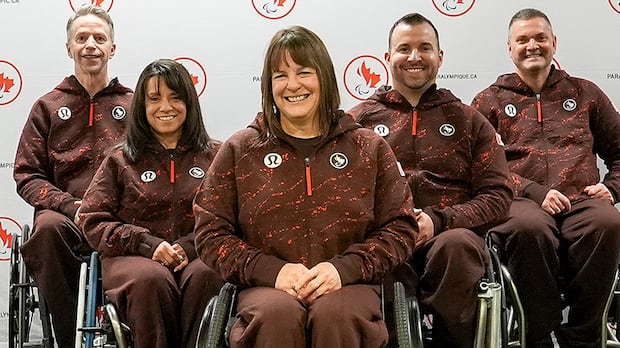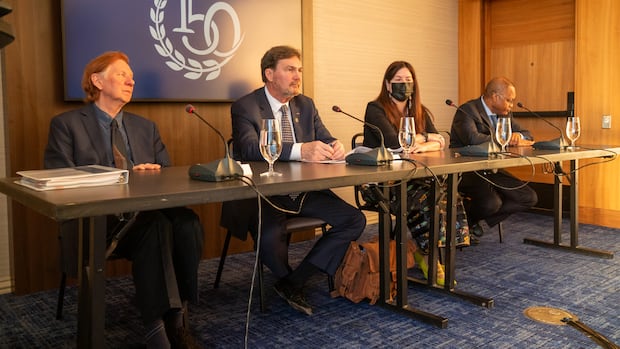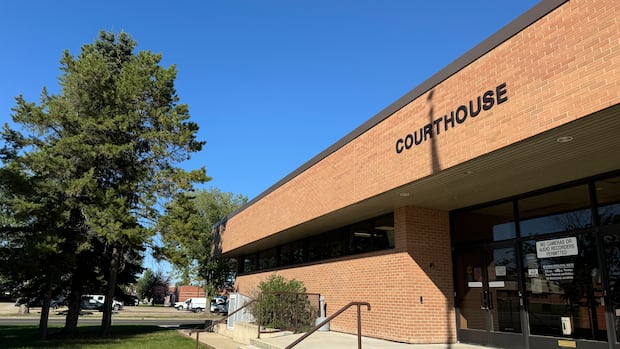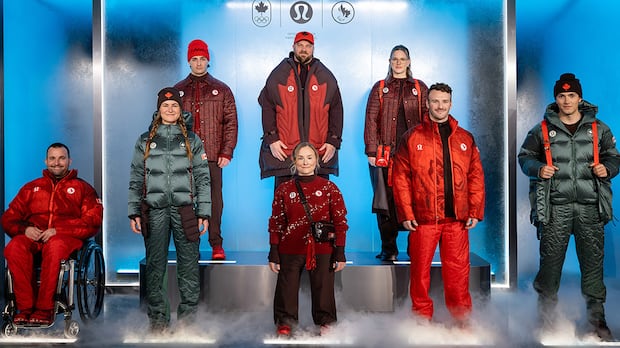Listen to this article
Estimated 5 minutes
The audio version of this article is generated by text-to-speech, a technology based on artificial intelligence.
Judges with the Supreme Court of Canada are in Thunder Bay, Ont., on the last leg of their tour across the country to mark the court’s 150th anniversary.
As Canada's highest court, its four men and five women justices hear cases in all areas of law.
The northwestern Ontario city of Thunder Bay is their fifth and final stop, following visits to Victoria, Moncton, N.B., Yellowknife and Sherbrooke, Que., earlier this year.
Richard Wagner, chief justice of Canada, said that in every community they’ve visited, they have heard “the same questions from the public” about how the court can protect constitutional and Charter rights.
“[The] public is very concerned about what they read and what they hear about what's going on in other countries — some of them very close to us — and they are afraid that these events could come to Canada,” Wagner told members of the media Monday morning.
“What I tell them is that we're not immune, but we have very strong institutions. We have to protect them and we have to talk about it — and I truly believe that education is one good way to do it.”
Wagner did not give specific examples of concerns he's been hearing.
However, in the U.S., such issues include those related to immigration, such as efforts to deport people.
WATCH | Justice Michelle O’Bonsawin visits Thunder Bay, Ont.:This year marks the Supreme Court of Canada’s 150th anniversary. To mark the milestone, judges have been visiting communities across Canada. Their fifth and final stop is Thunder Bay, Ont. The CBC’s Sarah Law spoke with Justice Michelle O’Bonsawin, the Supreme Court’s first and only Indigenous judge, about what it means to be in the northwestern Ontario city, home to the Bora Laskin Faculty of Law.Wagner is visiting Thunder Bay with Justice Malcolm Rowe and Justice Michelle O’Bonsawin, the first and only Indigenous person to sit on the Supreme Court.
Their two-day trip includes meetings with the local legal community and judiciary, high school students and students at the Bora Laskin faculty of law — which has mandatory courses on Indigenous legal issues in its curriculum.
“It's actually a response to the calls to actions from the Truth and Reconciliation Commission of Canada under the parts [about] education,” O’Bonsawin said of the school’s Indigenous classes.
“I think it's really important because it puts into action the fact that we need a better understanding of Indigenous culture, traditions and legal orders.”
Improving access to legal servicesIn northwestern Ontario, people from remote First Nations often travel hundreds of kilometres to service hubs like Thunder Bay to access legal services.
Otherwise, hearings are held in makeshift courtrooms in community centres or take place virtually, if the technology is available.
 Chief Justice of Canada Richard Wagner, seen during a media conference in Thunder Bay, Ont., says the court is actively working to address issues around access to justice in remote communities. (Marc Doucette/CBC)
Chief Justice of Canada Richard Wagner, seen during a media conference in Thunder Bay, Ont., says the court is actively working to address issues around access to justice in remote communities. (Marc Doucette/CBC)When asked about improving access to justice in these communities, Wagner said it is a “constant preoccupation” for him.
“Access to justice means many things. It means access to information, so that people could know about their rights before being able to exercise their rights,” he said. “When a person does not have access to justice, it's like losing a bit of his or her dignity.”
He pointed to the work being done by the court’s action committee on modernizing court operations — which includes a technical working group and Indigenous advisory group — that is exploring ways to “improve access to justice, technology, funding, etcetera.”
Mental health and justiceO’Bonsawin, an Abenaki member of the Odanak First Nation, was appointed to the Supreme Court just over three years ago. A Franco-Ontarian, she grew up in Hanmer, a small community near Sudbury.
Among her specialties is the intersection between mental health and justice, which is especially pertinent in northwestern Ontario, where several First Nation groups have declared states of emergency over suicide crises in their communities.
 O'Bonsawin says it's important to consider the role of mental health in the justice system. (Marc Doucette/CBC)
O'Bonsawin says it's important to consider the role of mental health in the justice system. (Marc Doucette/CBC)While people have been discussing mental health challenges more openly since the COVID-19 pandemic, she said, there still aren’t enough resources to address them.
“Access to mental health services are really important in our Canadian criminal justice system. We see issues in family matters, for example, in criminal justice,” O’Bonsawin said.
“We have a lot of incarcerated people that have significant issues with mental illness, also with concurrent disorders of addiction issues, and those lead to criminality. It, unfortunately, is an issue of resources that I'm hoping will improve in time.”
As she prepares to meet with students at Thunder Bay’s law school on Tuesday, she encourages them to take care of their mental health as they enter the legal profession — and to be prepared for the range of situations and cases they may face.
She also has special words of advice for the school’s Indigenous students: “Never let anyone tell you you can't do it.
“I had a guidance counsellor in high school who said, ‘Oh Michelle, you're not going to get into law school.’ And I said, ‘You know what, watch me,’” O’Bonsawin said.
“If someone like me who comes from the Sudbury area, blue-collar background, can make it all the way to the Supreme Court of Canada, any young Indigenous person can.”











